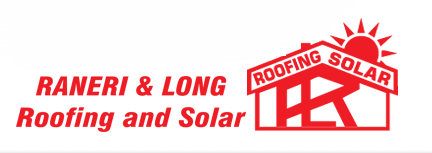Insulation 101
Studies show that about 85% of a homes heat loss is literally straight up through the attic area. Houses built before the energy crisis in the early seventies may only have a small bit of fiberglass insulation and empty spaces between the support beams. “Either way, the house is presumably wasting energy and the homeowners wasting their money”, says a San Diego Roofer
The amount of insulation that the material has is going to be measured by what is called an R-value. The greater the number of the R-value the more efficient the insulation is. Houses built prior to the seventies most likely have an R-value of 11 or even less, but today the measures call for R-values as great as 38 or more, depending on the homes geographic location.
Some houses may still have gray material put between the ceiling joists. If it is an older home, this could be a type of mineral wool. Newer homes are expected to have blown-in cellulose insulation. Either way, it can be left alone and insulation can be added over it.
A San Diego Roofing Contractor suggests that when handling insulation you should always wear gloves, eye protection, and a good dust mask, especially when handling fiberglass.
In some aspects, rigid foam insulation is a bit easier to work with, but fiberglass insulation is normally easier to get up into the attic. Have no fear if the fiberglass batt insulation at the hardware store looks to be too thin as it will expand.
To cut a batt to the size you want, lay it on a flat piece of plywood. Next, put a short piece of 2×4 at the location where you want to make your cut, put your foot on top of the 2×4 and lean over on it to push down the fiberglass. After it is compressed, it is much easier to cut with a box cutter or utility knife.
If you currently have 6″ of insulation and you’d like to get to the recommended R-38, you can add what’s called an “attic blanket”. It too is made out of fiberglass, but there is no paper backing on it. For installation, simply lay it over the joists. Continue adding layers until you achieve an R-38 rating.
Look around for the new and innovative no-itch poly-wrap insulation. You will be glad you did as it is much easier to manage and it is safer, making it deserving of the extra cost.
CALL RANERI & LONG TODAY AT (619) 561-3110
We hope this blog gave you some things to consider and makes you want to take the next steps to make sure your insulation is at a sufficient level. Adding insulation is not a DIY project for everyone and that is where we come in to the equation. We have had the satisfaction of making many homes and businesses safer and look forward to improving yourstoo!
